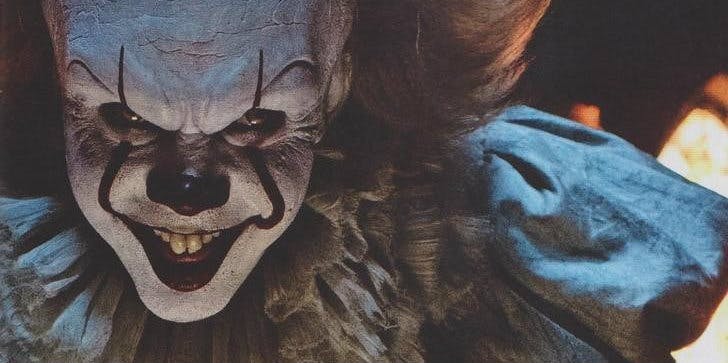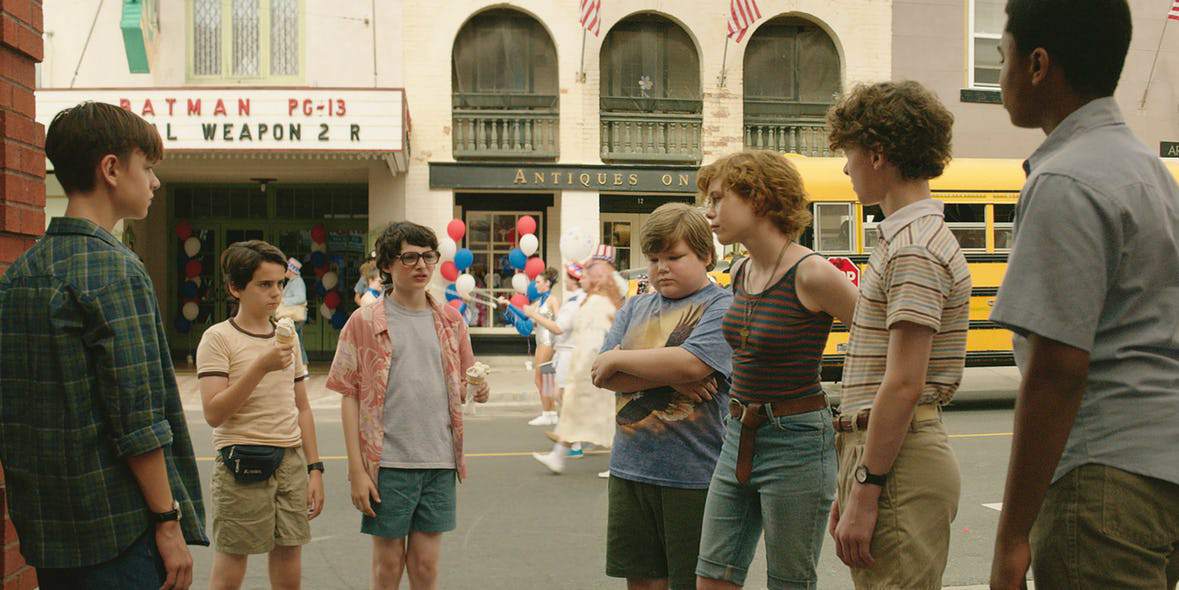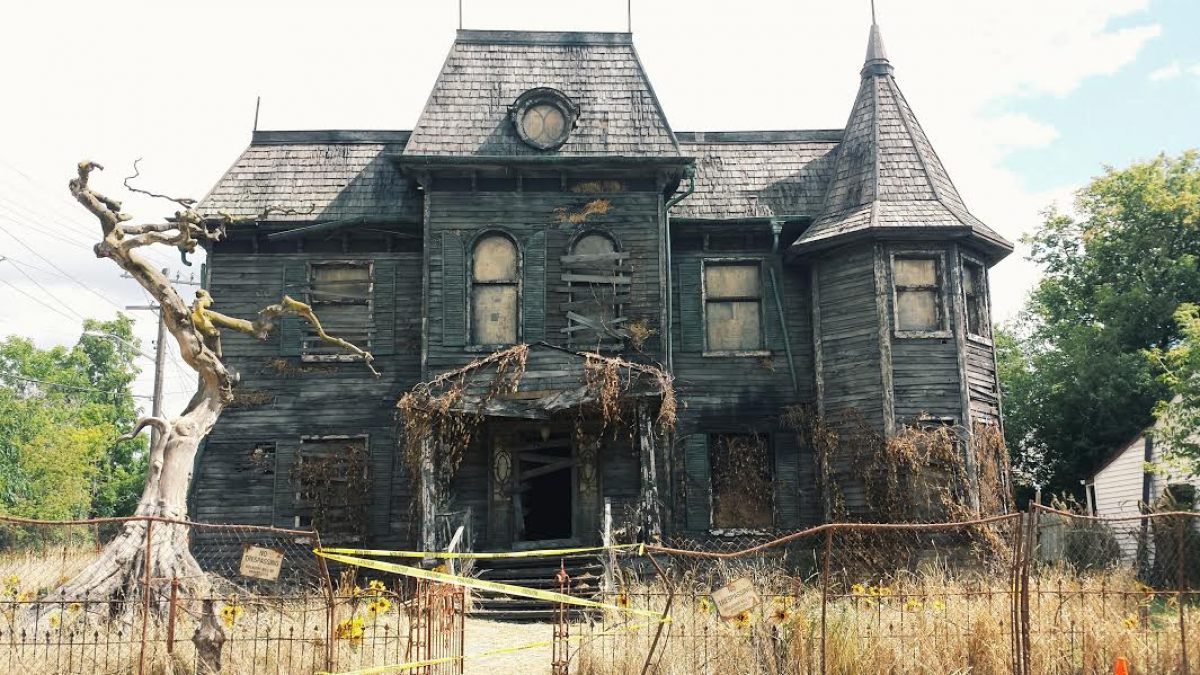Andy Muschietti's IT: Coming-of-Age and Horror Cinema
Skip other details (including permanent urls, DOI, citation information)
: This work is licensed under a Creative Commons Attribution-NonCommercial-NoDerivatives 4.0 International License. Please contact [email protected] to use this work in a way not covered by the license.
For more information, read Michigan Publishing's access and usage policy.
Coming-of-age narratives traditionally follow a journey to maturity; one marked by first love, close friendships, resisting authority, and anxiety about growing up. In IT (2017), the second adaptation of Stephen King's novel, director Andy Muschietti encapsulates these themes in the story of the “Loser's Club,” a group of young outsiders who investigate disappearances in the small Maine town of Derry. They become aware of a monster that has haunted the town for centuries, returning periodically to feed on local children by exploiting their imagination. Bereft of benevolent adults, the Losers must confront their own fears as manifested by the shape-shifting It, often seen as a clown named “Pennywise.”
Movies about growing up can either explore the subtleties of maturation, as with Richard Linklater's elliptical Boyhood (2014), or center around character motivation, as with Rob Reiner's Stand By Me (1986). In Stand By Me, a group of kids set off to find the body of a missing boy before the authorities can, with their subsequent mishaps and personal development resulting from pursuing that goal.[2] The central goal of IT – initiated by Bill Denbrough (Jaeden Lieberher) – is solving the disappearances of children in Derry, including his younger brother, Georgie (Jackson Robert Scott). By contrast to films like Stand By Me, in which the central mystery is preserved through our lack of direct exposure to certain details, IT depicts the exact nature of Georgie's death early on, juxtaposing the literal threat of a monster with the ordinary trials of adolescence.
After Georgie is taken by Pennywise (Bill Skarsgård) in October 1988, we shift to the end of the school year. We are left to imagine the Denbrough family's grief, and we witness Bill's determination to find him. While he thinks he might have solved Georgie's fate, It has reinvigorated its reign of terror, menacing each of the Losers by manipulating their various fears in several frightening sequences.
The characterization of the Loser's Club is one of the highlights of the film. They are united as much by their easy camaraderie as they are by their fears and traumas. Each one of them is partially defined by an attribute that makes them different – Mike (Chosen Jacobs) is one of the only African-Americans in Derry, Beverly (Sophia Lillis) is the only girl in the group, etc. These distinctions bring the youths closer and flesh out their identities. Despite the dangerous circumstances, many of their interactions are surprisingly funny; Richie especially provides a wealth of off-color one-liners with flawless delivery by Finn Wolfhard.
The adults, and Henry Bowers' (Nicholas Hamilton) gang of bullies, are the human complement to It's breed of monster, the “categorically interstitial” being that generates and exploits fear through its ontological ambiguity. By contrast, Bowers and Beverly's father Al (Stephen Bogaert) are psychopathic figures that can be rationalized, despite It's apparent influence on the atrocities they commit.[3]
In terms of the film's style, Chung-hoon Chung's photography is especially notable, saturating the film in alternately bright summer tones and cold, dreary shades. The opening scene is a great example of the latter: as Bill prepares a paper boat for Georgie so it can float in rainwater, the darkened bedroom, coupled with the stormy weather, suggests an innocuous gloom yet also with homey coziness. The mundane creepiness intensifies when It-as-Pennywise appears in the grate the boat eventually falls into, beginning an exchange of escalating menace, juxtaposed against shots of an unconcerned neighbor. It eventually lures Georgie close enough to bite and catch him, which the camera captures unflinchingly.
The rest of the film plays with shooting locations in creative ways. Summer is the perfect season to elicit feelings of nostalgia in a coming-of-age story, and sun-dappled scenes of swimming in quarries are almost enough to make you forget the horror lurking around every corner. Despite these occasional respites, traditional indicators of safety are consistently subverted in the film, including the Losers' homes. Unwelcome environments are reflected by the dismal lighting schemes. As Bill himself notes, “walking into [the Neibolt house], for me, is easier than walking into my own.”
29 Neibolt Street is both a microcosm and everted form of Derry; it is a home that has become dilapidated and sinister because of its occupying monster. Production designer Claude Paré designs the exterior perfectly, including a foreboding front entrance, the pitched roofs of Gothic Revival architecture,[4] and a conical “witch's hat” tower.[5] The house marks an important intersection of the coming-of-age and horror aspects of the film; it scares us through its ominous milieu and resident boogeyman, but it also forces the Losers to face their fears, robbing them of their innocence, but renewing their purpose to destroy It forever.
Derry's appearance, by contrast, isn't nearly as foreboding. Filmed in the southern Ontarian community of Port Hope, its main streets and side roads are charming and old-fashioned, displaying a small-town history that fits its storied past. Similar environments have been featured in horror, especially slasher films, for decades (from Halloween's Haddonfield to Scream's Woodsboro). The banality of community life disturbed by murderous antagonists has been an enduring thematic template, adjusted here by the killer's agelessness and obscure natural state.
Ultimately, the film succeeds in frightening us precisely because Muschietti explores the nature of fear. By manifesting the terrors of the Losers Club, the audience contemplates what they're afraid of, and how the fanciful imagination of childhood can intensify those feelings. The film also succeeds as a poignant meditation on growing up, with the protagonists navigating the throes of adolescence alongside their many-sided battle with evil. They deal with childhood crushes while fighting monsters, discover the importance of friendship in the face of unimaginable terror, and forge a powerful connection that will carry them into adulthood.
Author Biography
Ethan Towns holds a B.A. degree in Film Studies and English from Carleton University in Ottawa, Canada, where he is returning to pursue an M.A. in Film degree in the fall. His research interests include the horror film, Canadian cinema, film history and film theory.
Notes
Franklin D. Roosevelt, Inaugural Address, March 4, 1933, as published in Samuel Rosenman, ed., The Public Papers of Franklin D. Roosevelt, Volume Two: The Year of Crisis, 1933 (New York: Random House, 1938), 11–16. Excerpt retrieved from “Only Thing We Have to Fear Is Fear Itself”: FDR’s First Inaugural Address,” History Matters: The U.S. Survey Course on the Web, http://historymatters.gmu.edu/d/5057.

Stuart Hanson, "Children in Film," in Childhood Studies: A Reader in Perspectives of Children, eds. Jean Mills and Richard Mills (London: Routledge, 2000), 151, https://books.google.ca/books?id=mISEAgAAQBAJ.

Aaron Smuts, "Cognitive and Philosophical Approaches to Horror," in A Companion to the Horror Film, ed. Harry M. Benshoff (Hoboken: John Wiley & Sons, Inc., 2014), 5, https://books.google.ca/books?id=oelnDQAAQBAJ&dq.

Carson Dunlop & Associates, Architectural Styles (Chicago: DearbornTM Real Estate Education, 2003), 45, https://books.google.ca/books?id=EMat3HM0eAQC&dq.

James C. Massey and Shirley Maxwell, “Romanesque Revival Style,” Old-House Journal 17, no. 3 (May-Jun 1989): 43, https://books.google.ca/books?id=uHtnOlJoVSMC&dq.





